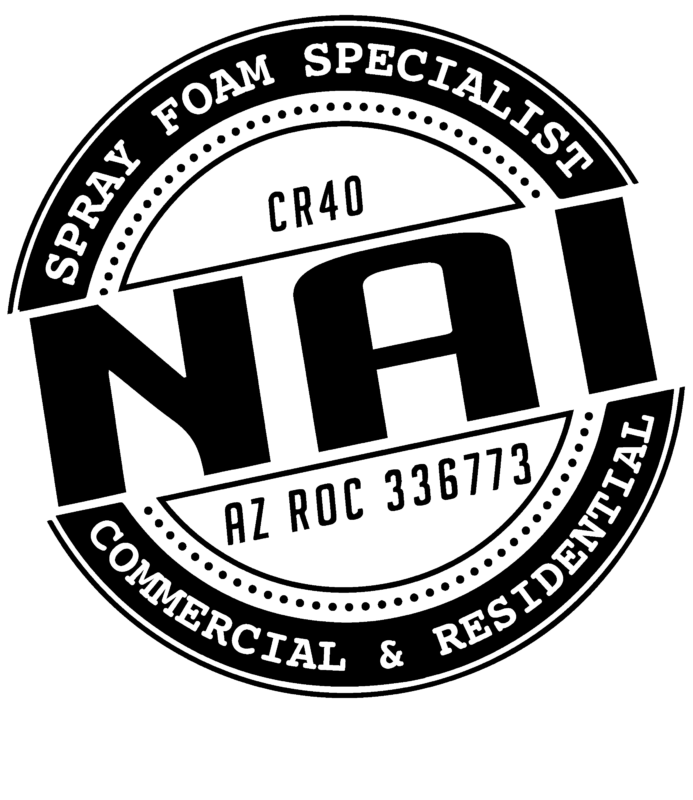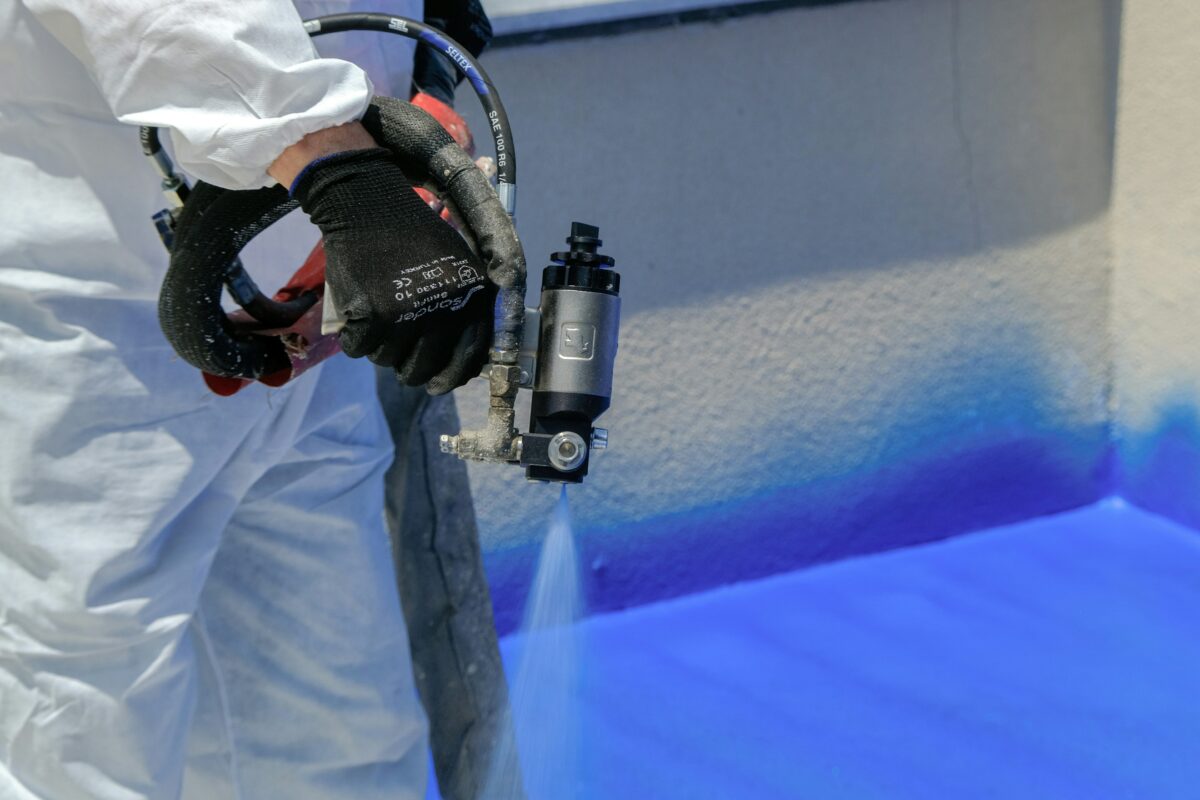Is your home ready to weather any season? If you’ve noticed uneven temperatures, high energy bills, or drafty rooms, you might be missing a crucial element—insulation foam. This versatile material can transform your living space by providing consistent comfort and energy efficiency.
Here we will explore the benefits of insulation foam, how it works, and why it’s an excellent investment for homeowners. By the end, you’ll have a clear understanding of how insulation foam can improve your home environment while saving you money.
What is Insulation Foam?
Understanding Insulation Foam
Insulation foam is a material used to reduce heat transfer between the inside and outside of a building. It comes in various forms, including spray foam, rigid foam boards, and foam sheets. Each type has unique properties designed to enhance thermal resistance and energy efficiency.
Types of Insulation Foam
There are two main types of insulation foam—open-cell and closed-cell. Open-cell foam is less dense, providing excellent air sealing and soundproofing. Closed-cell foam, on the other hand, is denser and more rigid, offering superior moisture resistance and structural support. Both types are effective but used in different applications depending on specific needs.
How Insulation Foam Works
Insulation foam works by trapping air within its cells, creating a barrier that slows down the movement of heat. In winter, it keeps warm air inside, and in summer, it prevents hot air from entering. This helps maintain a consistent indoor temperature, reducing the need for heating and cooling systems to work overtime.
Benefits of Insulation Foam
Energy Efficiency
One of the primary benefits of insulation foam is its ability to improve energy efficiency. By reducing heat transfer, it helps maintain a stable indoor temperature, lowering the demand on heating and cooling systems. This can lead to significant savings on energy bills over time.
Enhanced Comfort
Insulation foam enhances the overall comfort of your home by eliminating drafts and cold spots. It provides a consistent temperature throughout your living spaces, ensuring that every room feels just right, no matter the season.
Noise Reduction
If you live in a noisy neighborhood or near a busy street, insulation foam can help minimize external noise. Open-cell foam, in particular, is excellent for soundproofing, creating a quieter and more peaceful indoor environment.
Environmental Impact
Reducing Carbon Footprint
By improving energy efficiency, insulation foam reduces the amount of energy required to heat and cool your home. This, in turn, lowers your carbon footprint, contributing to environmental sustainability.
Eco-Friendly Options
Many insulation foam products are now made from eco-friendly materials, further minimizing their environmental impact. These options provide the same benefits as traditional foam but with a greener footprint.
Long-Term Durability
Insulation foam is highly durable, often lasting for the lifetime of the building. This means fewer replacements and less waste over time, making it a sustainable choice for homeowners.
Installation Process
Professional Installation
For optimal results, it’s recommended to have insulation foam installed by professionals. They have the expertise and equipment to ensure proper application, maximizing the benefits of the insulation.
DIY Installation
While professional installation is ideal, some types of insulation foam, like rigid foam boards, can be installed by homeowners. It’s essential to follow manufacturer guidelines and safety precautions to achieve the best results.
Cost Considerations
The cost of insulation foam varies depending on the type and area to be covered. While the initial investment may be higher than other insulation options, the long-term savings on energy bills and increased comfort can make it a worthwhile expense.
Comparing Insulation Options
Fiberglass vs. Foam
Fiberglass is a common insulation material but lacks the air-sealing capabilities of foam. It’s also more prone to gaps and sagging over time, which can reduce its effectiveness.
Cellulose vs. Foam
Cellulose insulation, made from recycled paper products, is another alternative. While it’s eco-friendly and provides decent thermal resistance, it doesn’t offer the same level of moisture resistance and durability as foam.
Mineral Wool vs. Foam
Mineral wool is known for its fire-resistant properties, making it a popular choice for certain applications. However, it is less effective at sealing air leaks compared to foam insulation.
Maintenance and Longevity
Minimal Maintenance
One of the advantages of insulation foam is its low maintenance requirements. Once installed, it doesn’t settle or degrade, maintaining its effectiveness over time.
Inspecting for Damage
While insulation foam is durable, it’s essential to inspect it periodically for any signs of damage, especially after severe weather events. Prompt repairs can prevent minor issues from becoming major problems.
Longevity of Insulation Foam
When properly installed, insulation foam can last for decades, providing long-term benefits without the need for frequent replacements.
Health and Safety Considerations
Indoor Air Quality
Insulation foam can contribute to better indoor air quality by reducing drafts and minimizing the infiltration of allergens and pollutants. However, it’s important to choose low-VOC (volatile organic compounds) foam to avoid potential off-gassing.
Fire Safety
Closed-cell foam offers excellent fire resistance, but it’s crucial to follow local building codes and regulations regarding its use. Some foams require a thermal barrier for added safety.
Safe Handling and Installation
During installation, it’s essential to wear protective gear and ensure proper ventilation. This minimizes exposure to chemicals and fumes, ensuring a safe working environment.
Cost Savings Over Time
Lower Energy Bills
The primary cost-saving benefit of insulation foam is reduced energy bills. By improving thermal resistance, it lowers the demand on heating and cooling systems, leading to significant savings over time.
Increased Property Value
Homes with energy-efficient features, like insulation foam, often have higher property values. This makes it a smart investment for homeowners looking to sell in the future.
Return on Investment
While the initial cost of insulation foam can be higher than other options, the long-term savings and increased comfort provide an excellent return on investment.
Common Myths About Insulation Foam
Myth 1: It’s Too Expensive
While the upfront cost may be higher, the long-term savings on energy bills and reduced maintenance costs make it a cost-effective choice.
Myth 2: It’s Harmful to the Environment
Many insulation foam products are now made from eco-friendly materials, making them a sustainable option for homeowners.
Myth 3: It’s Difficult to Install
While professional installation is recommended for some types, other forms of insulation foam, like rigid foam boards, can be installed by homeowners with proper guidance.
Choosing the Right Insulation Foam
Assessing Your Needs
Consider factors like climate, budget, and specific areas of your home that need insulation. This will help you choose the right type of foam for your needs.
Consulting with Experts
Talking to insulation professionals can provide valuable insights and recommendations tailored to your home’s requirements.
Reading Reviews and Testimonials
Researching product reviews and testimonials from other homeowners can help you make an informed decision about the best insulation foam for your home.
When to Upgrade Your Insulation
Signs You Need New Insulation
If you notice uneven temperatures, high energy bills, or drafts, it might be time to upgrade your insulation. Insulation foam can address these issues effectively.
Seasonal Considerations
Spring and fall are ideal times to upgrade your insulation. This ensures your home is prepared for extreme temperatures in summer and winter.
Benefits of Timely Upgrades
Upgrading your insulation promptly can prevent minor issues from becoming major problems, ensuring your home remains comfortable and energy-efficient.
Reach Out to NAI Spray Foam Today
Insulation foam offers numerous benefits for homeowners looking to improve the comfort and energy efficiency of their homes. From reducing energy bills to improving indoor air quality, it’s a smart choice for any homeowner. If you’re considering upgrading your insulation, reach out to NAI Spray Foam today for professional advice and installation services.
Our team of experts is dedicated to helping you make the best decision for your home’s specific needs. Don’t wait any longer to create a more comfortable and efficient living space – contact us now to learn more about the advantages of insulation foam.

